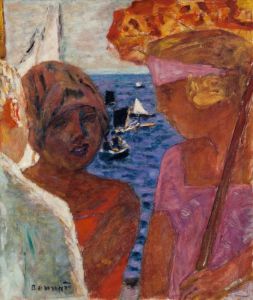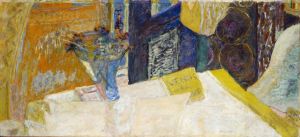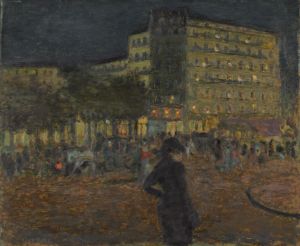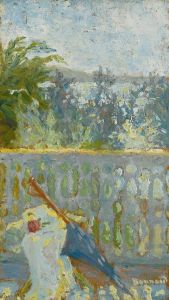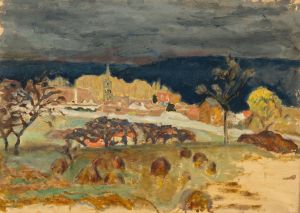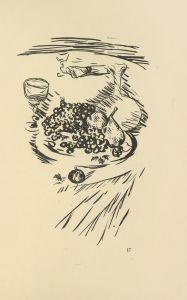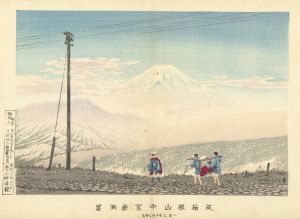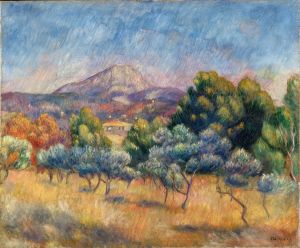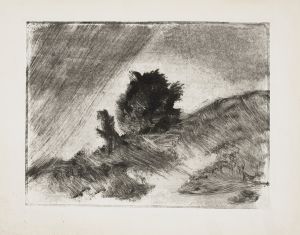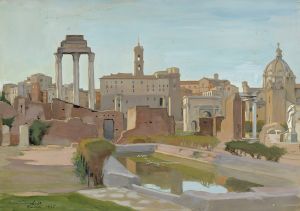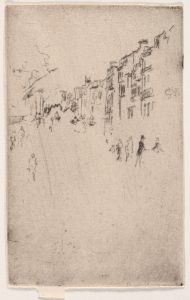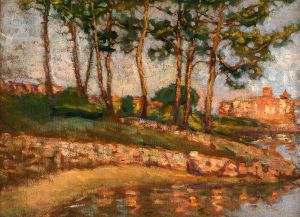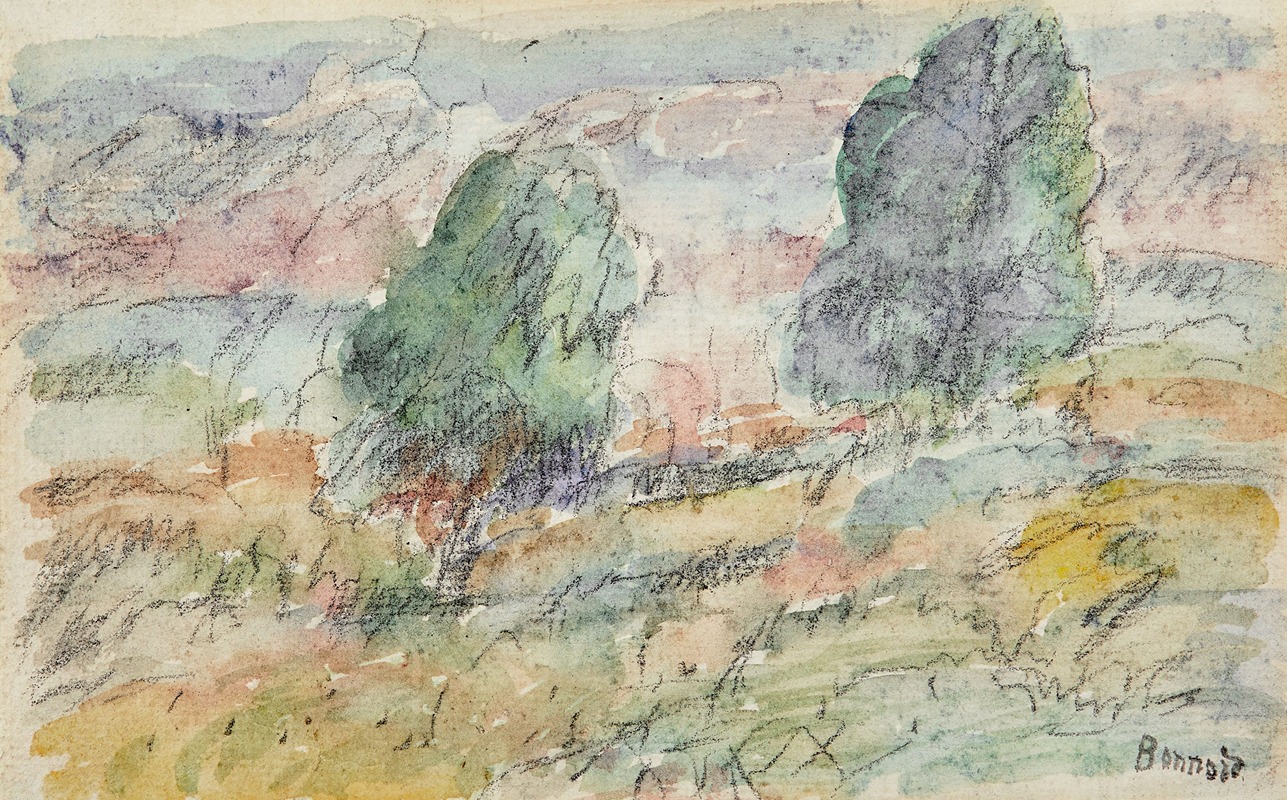
Paysage de Vernon
A hand-painted replica of Pierre Bonnard’s masterpiece Paysage de Vernon, meticulously crafted by professional artists to capture the true essence of the original. Each piece is created with museum-quality canvas and rare mineral pigments, carefully painted by experienced artists with delicate brushstrokes and rich, layered colors to perfectly recreate the texture of the original artwork. Unlike machine-printed reproductions, this hand-painted version brings the painting to life, infused with the artist’s emotions and skill in every stroke. Whether for personal collection or home decoration, it instantly elevates the artistic atmosphere of any space.
Pierre Bonnard's painting Paysage de Vernon is a notable work by the French Post-Impressionist painter, who is celebrated for his vibrant use of color and intimate, atmospheric compositions. Created in 1923, this painting reflects Bonnard's deep connection to the landscapes of France and his ability to transform everyday scenes into poetic visual experiences.
The title, Paysage de Vernon, translates to "Landscape of Vernon," referring to the town of Vernon in the Normandy region of France. Vernon is located along the Seine River and is known for its picturesque surroundings, which have inspired numerous artists, including Claude Monet, who lived nearby in Giverny. Bonnard frequently visited this region and found inspiration in its serene countryside, lush vegetation, and the interplay of light and water.
In Paysage de Vernon, Bonnard employs his characteristic style, marked by a rich, harmonious palette and a focus on the emotional resonance of the scene rather than strict realism. The painting captures a tranquil view of the landscape, with the Seine River likely playing a central role in the composition. Bonnard's brushwork is loose and expressive, emphasizing the overall mood and atmosphere rather than precise details. This approach aligns with his broader artistic philosophy, which prioritized subjective perception and the sensory experience of a moment.
Bonnard was a member of the Nabis group, a collective of avant-garde artists in the late 19th century who sought to break away from traditional academic painting. While his early works were influenced by the decorative and symbolic tendencies of the Nabis, by the time he painted Paysage de Vernon, Bonnard had developed a more personal and mature style. His later works, including this painting, often explore themes of light, color, and the passage of time, reflecting his interest in capturing fleeting impressions of the natural world.
Today, Paysage de Vernon is recognized as an example of Bonnard's mastery in landscape painting and his ability to evoke a sense of place through color and composition. The painting is part of a private or public collection, depending on its current ownership, and continues to be appreciated for its contribution to the legacy of Post-Impressionist art.





